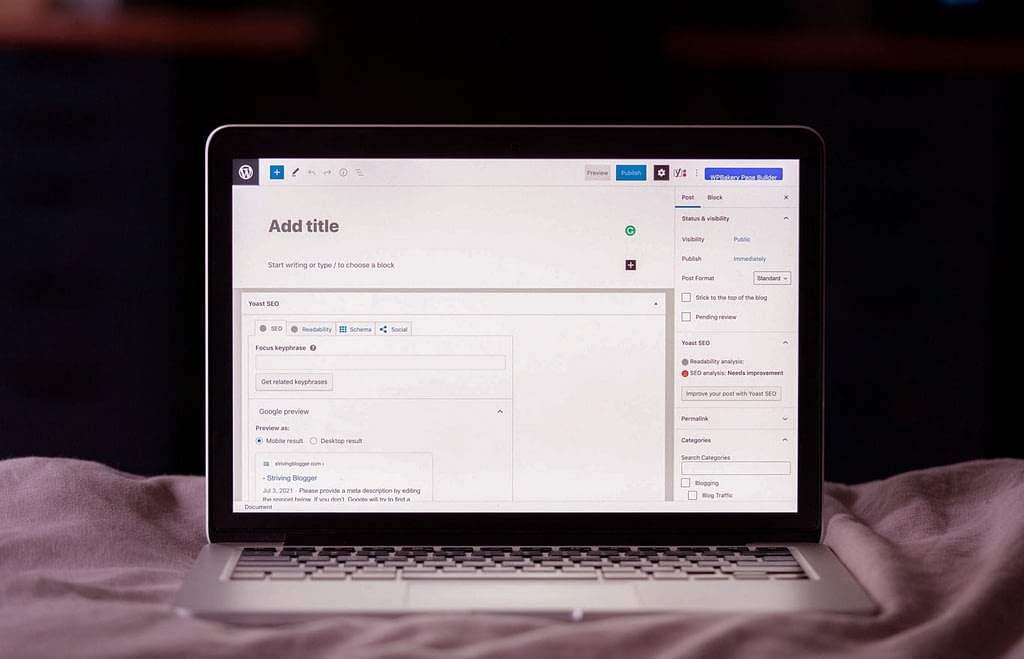As a website owner, ensuring the smooth functioning and success of your online platform is paramount. With the ever-changing landscape of the digital world, it is crucial to keep your website up-to-date, secure, and optimized to deliver an exceptional user experience. To achieve this, a comprehensive website maintenance checklist is indispensable. In this article, we will delve into the top 10 essential tasks that should be included in your website maintenance routine. Let’s explore each task in detail:
1. Regular Content Updates
Consistently updating your website’s content is a key factor in attracting and retaining visitors. Fresh, informative, and engaging content not only keeps your audience coming back for more but also signals to search engines that your website is relevant and valuable. Regularly publishing new blog posts, articles, or product updates ensures that your site remains current and competitive in the digital arena.
2. Page Speed Optimization
In today’s fast-paced digital world, every second counts. Users expect websites to load quickly and seamlessly. Therefore, optimizing your website’s page speed is of utmost importance. Compressing images, leveraging browser caching, and employing Content Delivery Networks (CDNs) are effective techniques to reduce loading times and enhance user experience. A lightning-fast website not only satisfies visitors but also earns favour with search engines, potentially boosting your rankings.
3. Mobile Responsiveness
With the widespread use of mobile devices, having a mobile-responsive website is no longer optional; it’s essential. Mobile responsiveness ensures that your site adapts seamlessly to various screen sizes, providing users with an optimal browsing experience, regardless of the device they use. Search engines, including Google, prioritize mobile-friendly websites in their rankings, making this aspect critical for SEO success.
4. Keyword Research and Optimization
Understanding the language your target audience uses when searching for your products or services is fundamental to your website’s success. Conduct thorough keyword research to identify relevant and high-performing keywords. Integrate these keywords strategically throughout your website’s content, meta tags, and headings to improve organic visibility in search engine results. However, remember to strike a balance and avoid keyword stuffing, as search engines prioritize natural and valuable content.
5. Backlink Analysis and Building
Backlinks remain a powerful ranking factor in SEO. Conduct regular backlink analysis to identify both the quality and quantity of websites linking to yours. Focus on acquiring backlinks from reputable and authoritative sources within your niche. A strong backlink profile can significantly boost your website’s credibility and visibility in search engine rankings.
6. Security and SSL Certificate
Website security is paramount for protecting both your data and your visitors’ information. Installing an SSL certificate ensures that data transmitted between your website and its users remains encrypted and secure. In addition to safeguarding sensitive information, having an SSL certificate positively impacts your SEO efforts, as search engines prioritize secure websites.
7. Fixing Broken Links
Broken links are not only frustrating for users but also detrimental to your website’s SEO performance. Regularly audit your site to identify and fix broken links, ensuring a seamless user experience and maintaining search engine crawlers’ trust. Consider using tools to monitor and automatically fix broken links to save time and effort.
8. Optimizing Meta Tags and Descriptions
Meta tags and meta descriptions play a crucial role in providing search engines with context about your website’s content. Optimize these elements with relevant keywords and captivating descriptions to entice users to click through to your website. Well-crafted meta tags and descriptions improve click-through rates, which can positively impact your search engine rankings.
9. Social Media Integration
Embracing social media as part of your website maintenance strategy can yield significant benefits. Integrate social media buttons, allowing visitors to easily share your content across various platforms. Engaging with your audience on social media and regularly sharing valuable content can drive more traffic to your website and increase your brand’s visibility.
10. Regular Website Backup
A comprehensive website maintenance checklist is incomplete without regular backups. Mishaps can occur, from technical glitches to security breaches. Regularly backing up your website ensures that you can quickly restore it to a previous state if necessary, minimizing downtime and potential loss of data.
By incorporating these top 10 essential tasks into your website maintenance checklist, you lay a strong foundation for your website’s success. Remember, regular and thoughtful maintenance is the key to ensuring your website thrives in the competitive digital landscape.


